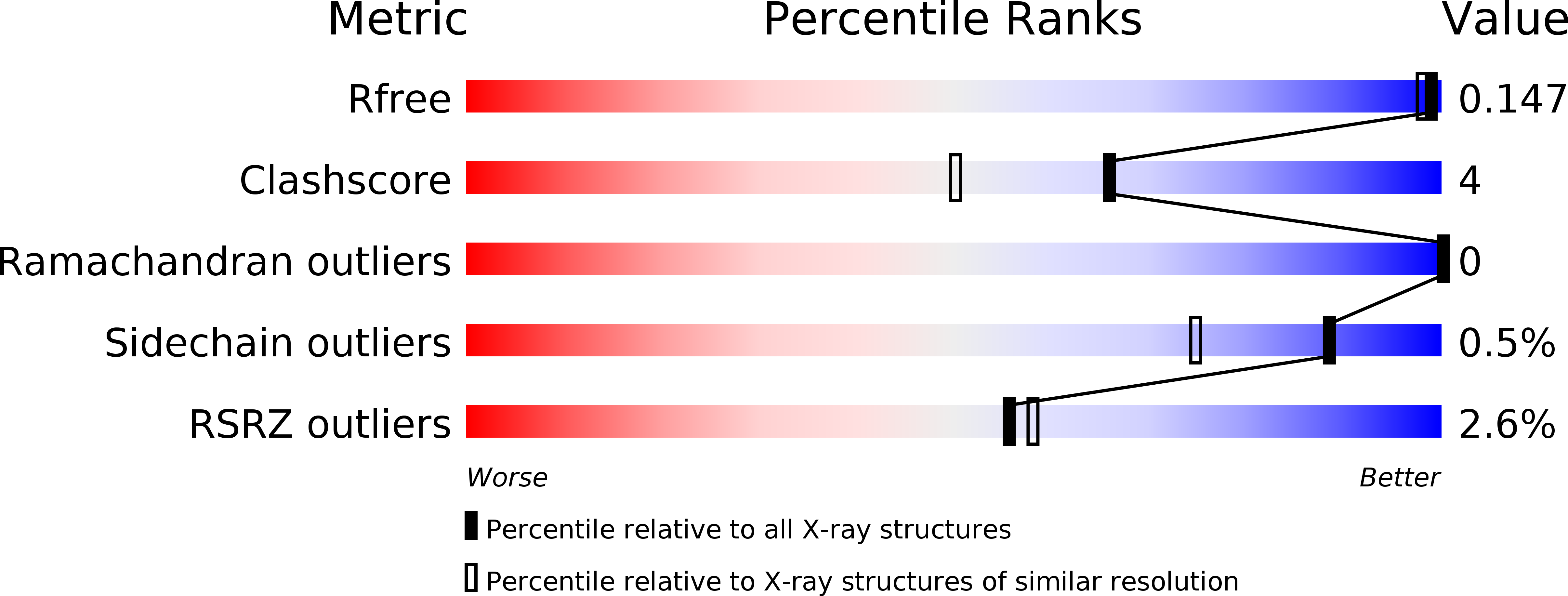
Deposition Date
2016-08-08
Release Date
2016-10-26
Last Version Date
2023-10-04
Entry Detail
Biological Source:
Source Organism:
Synechocystis sp. (strain PCC 6803 / Kazusa) (Taxon ID: 1111708)
Host Organism:
Method Details:
Experimental Method:
Resolution:
1.45 Å
R-Value Free:
0.14
R-Value Work:
0.13
R-Value Observed:
0.13
Space Group:
I 4


